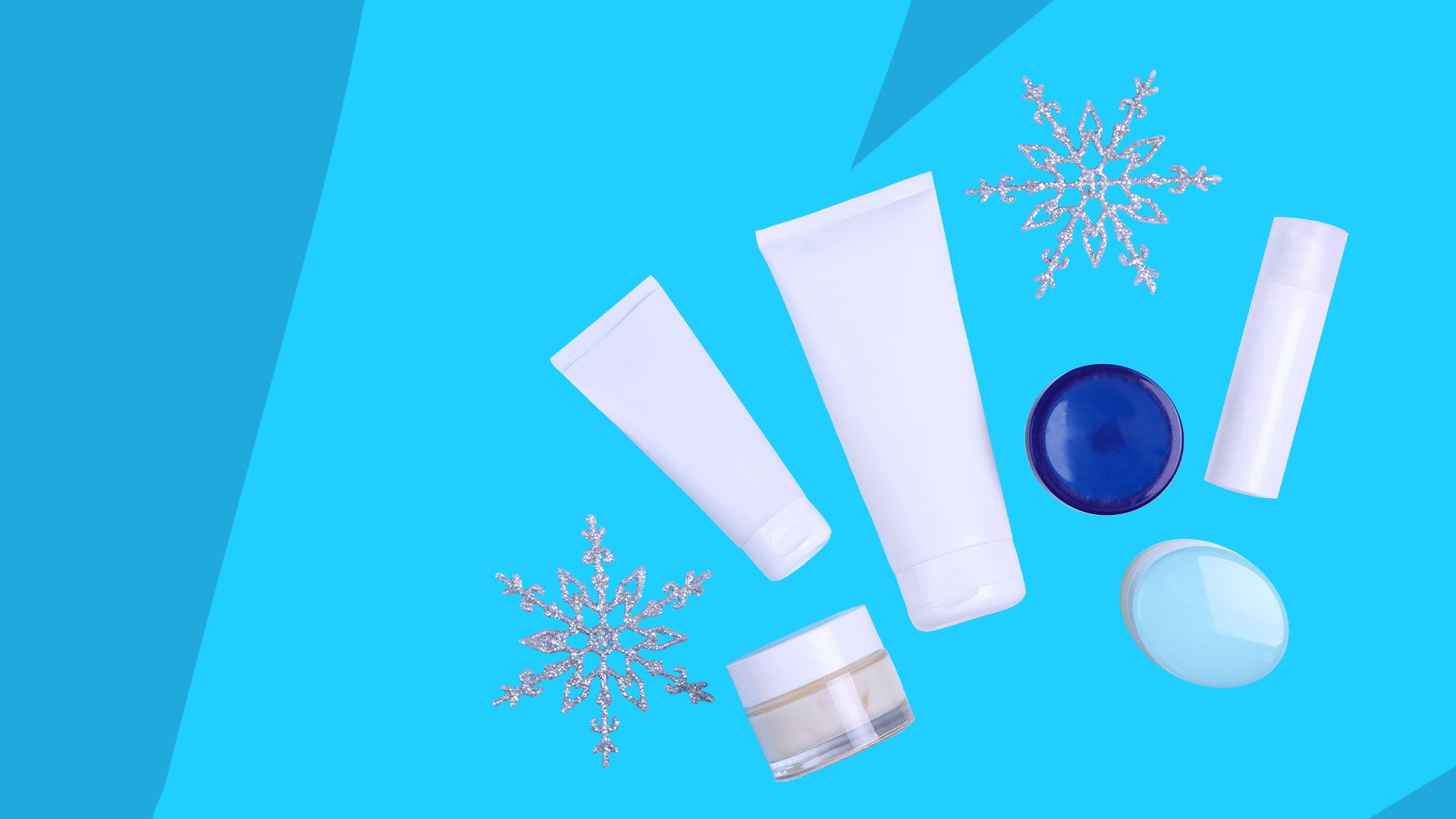While some people experience acne all year, many notice skin differences depending on the season. Acne in winter can put a damper on your holiday photo shoot, make you feel insecure, or just plain hurt. Fortunately there are preventive strategies and treatment options to help you deal with winter acne breakouts.
Is it acne or a winter rash?
Some skin conditions look like acne but are actually something else. For example:
- Rosacea is a common stress response in the skin and looks much like acne, in fact its full name is acne rosacea.
- Eczema often gets worse and mimics acne in the winter.
- Psoriasis is an autoimmune skin condition that can flare up in cold, dry weather.
- Viral rashes and allergic reactions (like contact dermatitis) can also look like seasonal acne.
In other words, it’s important to check in with your healthcare provider whenever you notice a major skin change as they can manage many common conditions. See your dermatologist if the condition worsens or does not get better to make sure that you’re treating the right condition.
RELATED: Psoriasis vs. eczema vs. dry skin
What causes winter acne?
There are several reasons you might get acne only in winter—even though your skin is clear the rest of the year.
Reduced UV exposure
One major cause is lack of sunlight. “Reduced UV in the winter could potentially impact the tendency toward breakouts,” says Erum N. Ilyas, MD, a dermatologist and founder of AmberNoon. “While summer acne can typically be caused by sweat and dirt, winter acne typically results from different factors.”
Cold, dry air
One common cause of winter acne is dried out skin. Especially in non-coastal states, winters can prove to be very dry. When skin is not moisturized and taken care of, you are at risk of bacterial infection through cracks in the skin. “Additionally, the skin may overproduce natural oils to compensate for dryness, which may lead to acne breakouts,” says Anthony Puopolo, MD, the president of LifeMD.
Indoor triggers
Take stock of your house as cozy winter habits can mess with your skin. Because we tend to spend more time indoors in the winter months, Dr. Puopolo explains, items like your pillowcases or sheets might not be cleaned frequently enough. Keep up with your cleaning schedule even if you don’t feel like you’re sweating as much at night as you might in summer.
Dietary changes
Your holiday plans might also contribute to skin irritation and acne. “Some other reasons for winter acne can be caused by the holiday season,” says Dr. Puopolo. “Excessive sugar consumption is a direct contributor to acne in many, and holiday season tends to bring with it an abundance of sweets consumption.” Other dietary triggers vary by person and can include dairy and simple carbohydrates. In other words, all of those cheese plates aren’t doing your skin any favors.
RELATED: Medications that cause dry skin
How to prevent winter acne
There are several steps you can take to make sure winter acne doesn’t ruin your season.
- “Don’t touch your face,” urges Yoram Harth, MD, dermatologist and medical director of MDacne. It’s “a good rule of thumb all year round” for both your skin and overall health.
- Avoid harsh cleansers. “Exfoliation is not always a bad thing and there are times when our skin can really benefit from it,” Dr. Ilyas. “However, excess exfoliation achieved with physical or chemical exfoliants should be followed up with moisturizers to avoid excess dryness.” Gentle skin cleansers (like Cetaphil) have a pH of 5.5 to 7, which is close to the pH of normal skin whereas a traditional soap has a pH of 9 to 10. The lower pH of skin cleansers helps to decrease skin irritation and dryness.
- Moisturize your skin. Many dermatologists recommend over-the-counter CeraVe because “cooler months can result in decreased ceramides in the skin that help protect the skin,” explains Dr. Ilyas. “Acne-prone skin has been shown to be affected by altered ceramide levels. This is actually CeraVe’s benefit over other moisturizers–their focus on ceramides and maintaining the skin’s barrier function.” Dr. Harth says to use lotions with niacinamide because it “is hypoallergenic, non-comedogenic, and it helps offset any dryness from harsh winter conditions without adding a greasy finish to the skin.”
- Moisturize your environment. “A humidifier may be a good idea as well for dry climates,” says Dr. Puopolo.
- Keep a clean house—especially the things that touch your skin.
- Be cognizant of your overall health. Eating well and exercising is a great way to keep your skin in good health.
Living your life with your health as a top priority is a good idea for overall wellness, so it follows that a healthy lifestyle will contribute to healthy skin as well.
RELATED: Does sweat cause acne?
Treatment for winter acne
Often, acne doesn’t occur because of a failing on your part but because of hormones. Sometimes you’ve done everything right and still have painful acne. In these cases, winter acne treatment is necessary. The following can help:
- “Benzoyl peroxide will reduce the acne causing bacteria to treat and prevent pimples,” says Cynthia Bailey, MD, dermatologist and founder of Dr. Cynthia Bailey Skin Care. To avoid over-drying, switch to a lower percentage of the active ingredient during winter months: 2.5% or 5% benzoyl peroxide is sufficient.
- Salicylic acid will penetrate oily pores to reduce blackheads,” Dr. Bailey says. This is a proven acne treatment, but a reduced-strength cream can help prevent dryness.
- Hyaluronic acid can moisturize without clogging pores. Try swapping this in favor of more drying treatments. “If you struggle with dry skin, consider removing and replacing retinol-based products from your skincare routine—at least during the dry, colder, winter months,” Dr. Harth says.
Consult your own healthcare professional if you cannot manage winter acne on your own. Your own particular skin might need a specialized approach.











